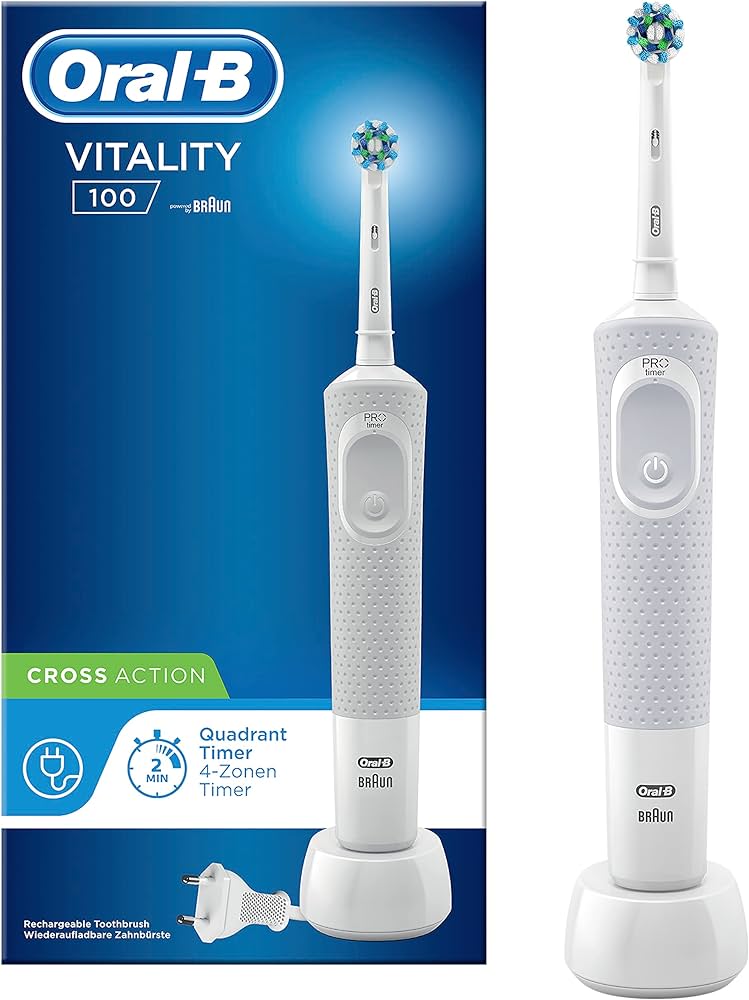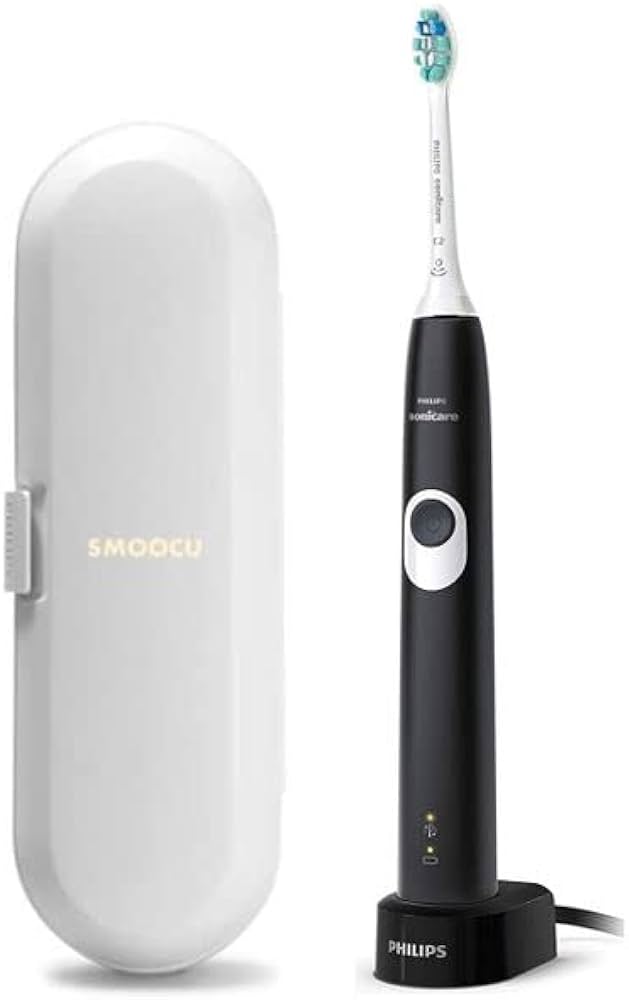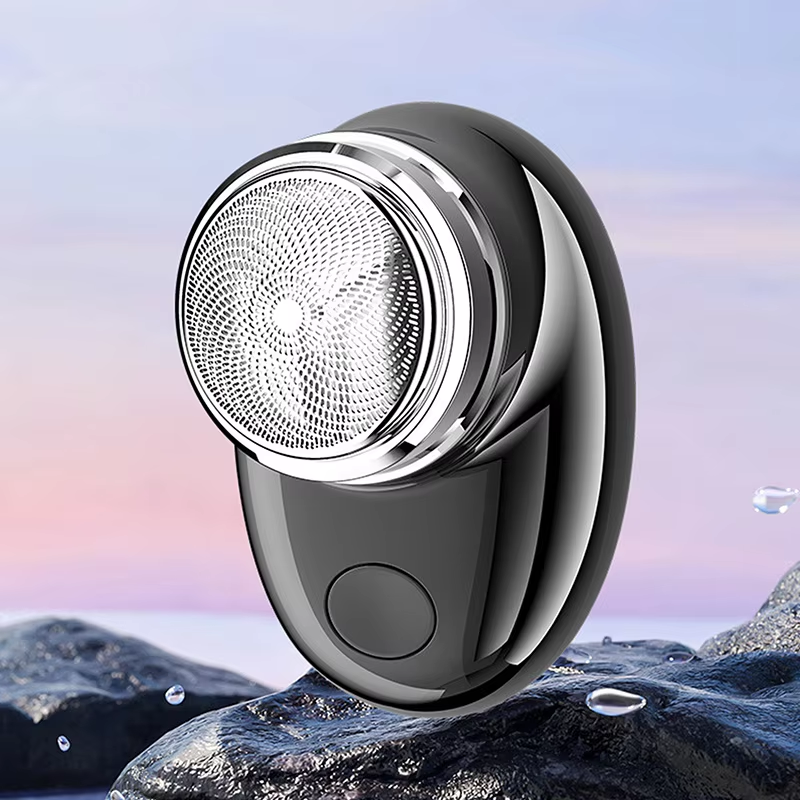
Why are electric toothbrushes sometimes slow to charge?
Introduction
Electric toothbrushes have become increasingly popular due to their effectiveness in maintaining oral hygiene. However, some users may encounter issues with slow charging, which can be frustrating. Understanding the reasons behind slow charging can help users troubleshoot the problem and ensure that their electric toothbrushes perform optimally. In this article, we will explore common reasons why electric toothbrushes may charge slowly, providing specific details and highlighting potential solutions.

Why are electric toothbrushes sometimes slow to charge?
Battery Capacity and Age
One of the primary factors that can cause an electric toothbrush to charge slowly is the battery capacity and age. Over time, the battery in an electric toothbrush may lose its ability to hold a charge efficiently. This can result in longer charging times or a reduced overall battery life. Batteries in electric toothbrushes typically have a lifespan of several years, and as they age, their charging performance can decline.
Solution: If the slow charging issue is due to an aging battery, the best solution may be to replace the battery. Contact the manufacturer or consult the user manual for guidance on battery replacement options.
Incorrect Charging Method
Using an incorrect charging method can also contribute to slow charging of an electric toothbrush. Some electric toothbrush models require a specific charging technique, such as placing the toothbrush in a specific orientation or ensuring that it is properly aligned with the charging base. Failure to follow the correct charging method may result in slower charging times or a failure to charge altogether.
Solution: Refer to the user manual or manufacturer’s instructions to ensure that you are using the correct charging method for your electric toothbrush. Double-check the alignment and connection between the toothbrush and the charging base to ensure a proper charging connection.

Faulty Charging Base or Cable
Another common issue that can cause slow charging is a faulty charging base or cable. Over time, the charging base or cable may become damaged or worn, resulting in a poor connection between the toothbrush and the power source. This can lead to slower charging times or intermittent charging.
Solution: Inspect the charging base and cable for any signs of damage or wear. If any issues are identified, consider replacing the charging base or cable. Contact the manufacturer or refer to the user manual for guidance on obtaining replacement parts.
Power Source Issues
The power source used to charge the electric toothbrush can also impact the charging speed. If the toothbrush is not receiving an adequate and stable power supply, it may charge slowly or not at all. Factors that can contribute to power source issues include low voltage, fluctuating power supply, or using an incompatible charger.
Solution: Ensure that you are using a stable and reliable power source to charge your electric toothbrush. If you suspect power source issues, try using a different power outlet or charger to determine if that resolves the slow charging problem.

Environmental Factors
Environmental factors can also play a role in slow charging of electric toothbrushes. Extreme temperatures, such as excessive heat or cold, can affect the performance of the battery and charging process. Additionally, high humidity levels or exposure to moisture can cause damage to the charging components, leading to slower charging times.
Solution: Store your electric toothbrush in a cool and dry environment to minimize the impact of temperature and humidity. Avoid exposing the toothbrush or its charging components to excessive moisture.
It’s best to keep it in a smooth place, such as a TV cabinet, while charging.
Battery Memory Effect
Some older models of electric toothbrushes may be prone to a phenomenon called “battery memory effect.” This occurs when the battery is not fully discharged before recharging, causing it to “remember” the reduced capacity and charge slower over time. However, modern electric toothbrushes typically use lithium-ion batteries, which are not susceptible to memory effect.
Solution: If you suspect battery memory effect in your electric toothbrush, try fully discharging the battery before recharging it. However, it is important to note that this issue is not common in modern electric toothbrushes that use lithium-ion batteries.

Proper Charging Habits
In addition to the factors mentioned above, it’s important to consider your charging habits when using an electric toothbrush. Certain practices can inadvertently lead to slow charging or diminished battery performance. Here are a few tips to optimize your charging habits:
a. Regular Charging: It’s recommended to charge your electric toothbrush regularly, even if the battery is not fully depleted. Regular charging helps maintain the battery’s overall performance and prevents it from fully draining, which can be detrimental to its lifespan.
b. Full Charging Cycles: Whenever possible, aim for full charging cycles. This means allowing the toothbrush to charge fully before using it and then using it until the battery is nearly depleted. This practice helps prevent battery memory effect and ensures optimal battery performance over time.
c. Avoid Overcharging: Overcharging an electric toothbrush can negatively impact battery life and performance. Once the toothbrush is fully charged, unplug it from the charging base to prevent unnecessary strain on the battery.
d. Avoid Frequent Partial Charging: Although it’s important to charge regularly, frequent partial charging can also impact battery performance. If possible, try to charge your electric toothbrush fully rather than relying on short, intermittent charging sessions.
e. Proper Storage: When not in use, store your electric toothbrush in a safe and dry place. Avoid leaving it on the charger for extended periods when not in use, as this can lead to unnecessary strain on the battery.
f. Follow Manufacturer’s Recommendations: Each electric toothbrush model may have specific guidelines from the manufacturer regarding charging and maintenance. It’s important to read and follow these instructions carefully to ensure optimal charging performance and prolong battery life.
Benefits of Resolving Slow Charging Issues
Addressing slow charging issues with your electric toothbrush is crucial for maintaining its performance and ensuring a consistent oral care routine. Here are a few benefits of resolving slow charging problems:
a. Optimal Performance: A fully charged electric toothbrush delivers the necessary power and vibrations to effectively clean your teeth and gums. By resolving slow charging issues, you can ensure that your toothbrush operates at its intended performance level.
b. Convenience and Efficiency: Slow charging can lead to extended charging times, which can be inconvenient and disrupt your daily routine. By resolving slow charging problems, you can minimize downtime and ensure that your toothbrush is ready for use when you need it.
c. Prolonged Battery Life: Proper charging practices and addressing slow charging issues can help extend the overall lifespan of your electric toothbrush’s battery. This means that you’ll be able to use your toothbrush for a longer period before needing to replace the battery or the entire toothbrush.
d. Cost Savings: Avoiding premature battery replacements or the need to purchase a new toothbrush due to ineffective charging can save you money in the long run. By resolving slow charging issues promptly, you can maximize the value and longevity of your electric toothbrush.

Conclusion
Slow charging of electric toothbrushes can be attributed to several factors, including battery capacity and age, incorrect charging methods, faulty charging bases or cables, power source issues, environmental factors, and battery memory effect in older models. By understanding these potential causes, users can troubleshoot slow charging problems and take appropriate steps to resolve them.
If slow charging persists despite troubleshooting efforts, it may be beneficial to contact the manufacturer or seek professional assistance for further diagnosis and repair. Proper maintenance and care of electric toothbrushes, including regular cleaning and adherence to charging guidelines, can help maintain optimal performance and prolong the lifespan of the device.












Leave a Reply
You must be logged in to post a comment.